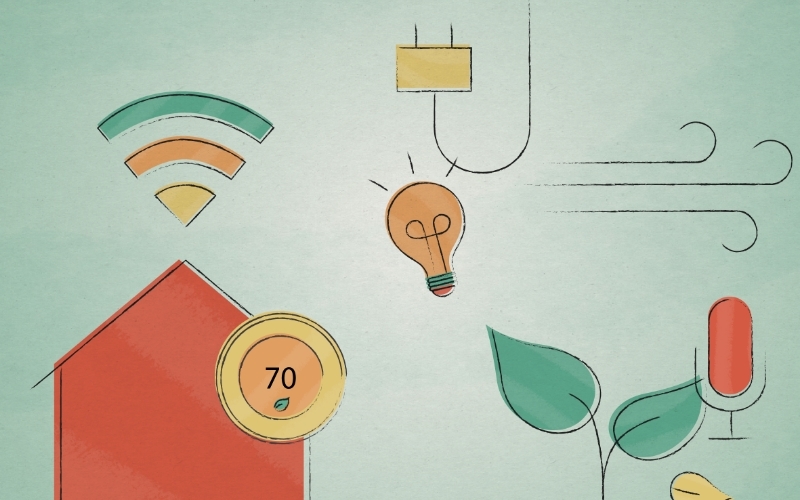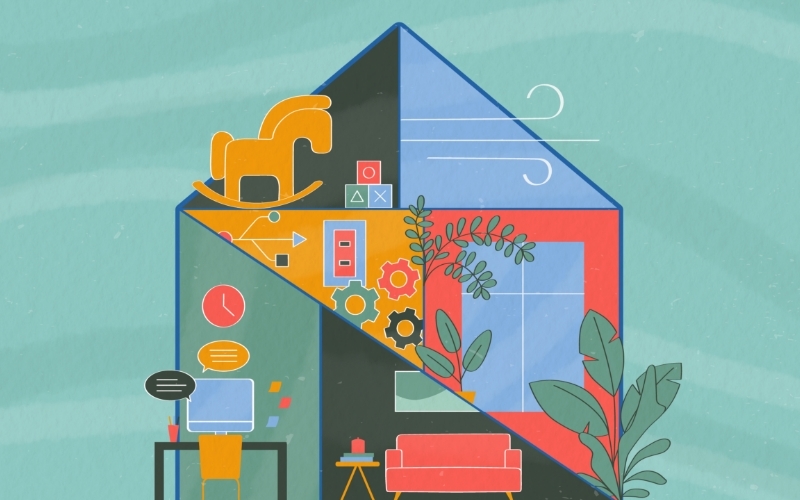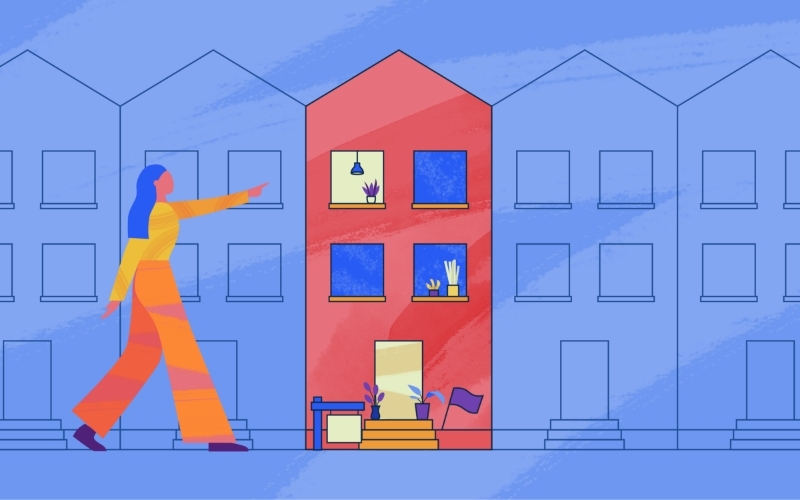Industry Trends
Cautiously optimistic.
That may be the best way to summarize the mood and theme of this year’s Home Improvement Research Institute Home Improvement Insights Summit. With the slight pall of a looming recession in the back of everyone’s minds, it was refreshing to hear that there are silver linings we could still see in the coming months and years.
For instance, Grant Farnsworth kicked off the two-day event by sharing that the total home improvement market is projected to grow by more than 7% this year, thanks to an early spike in DIY spending followed by a spike in contractor work.
As the sessions proceeded, the perspectives of industry leaders remained realistic yet surprisingly positive despite recessionary concerns. Each speaker introduced a myriad of variables that provide reasons for optimism while making it difficult to land on a single answer as to what the future holds.
Drawing from what I learned at the 2022 HIRI Summit, I’ve highlighted four intriguing ways to interpret the near future of the homebuilding and remodeling markets. As we walk through these summaries, keep in mind that these are not clear facts, but informed predictions based on valuable data gathered from reliable economic and industry sources.
Prediction 1: New homes will be less affordable, while the looming recession will be mild
Looking through a greater economic lens to determine the housing market outlook, Danushka Nanayakkara-Skillington, assistant vice president, forecasting and analysis for the National Association of Homebuilders, predicts that we will see a mild recession with significant challenges to builders.
By analyzing the economic outlook from a macro perspective, she compared these numbers with the supply and demand factors facing the home construction industry to determine a forecast of what is to come. Here’s a quick look at some important conclusions she drew from her research:
The NAHB/Wells Fargo Housing Market Index is currently at 46 — anything below 50 signals that conditions are worsening. That is a strong indicator that builder confidence is low and buyer traffic is falling.
Single-family homebuilding starts will decline through 2023 due to increasing interest rates, with a predicted rebound in 2024.
Multifamily construction will remain strong through 2022 but will see a 7% decline next year primarily driven by high rent costs.
Another contributing factor to the fluctuating housing market is the entrance of millennials.
“Millennials, the largest living generation in the country right now — 45 million households — are coming through peak homebuying years, and we do not have enough housing to support them,” Nanayakkara-Skillington said.
Millennials constitute the largest group of homebuyers (46%) and will drive up demand at a time when new homes are on the decline and house affordability rates are historically low. NAHB’s Housing Opportunity Index is the lowest it’s been in decades, signaling that homeownership is a less accessible prospect than it was in the past.
Only 43% of new and existing homes sold between April and June of this year were within the price range for a family earning the U.S. median income of $90,000. This is a sharp drop from the 57% of homes sold from January to March that were affordable to the same demographic.


